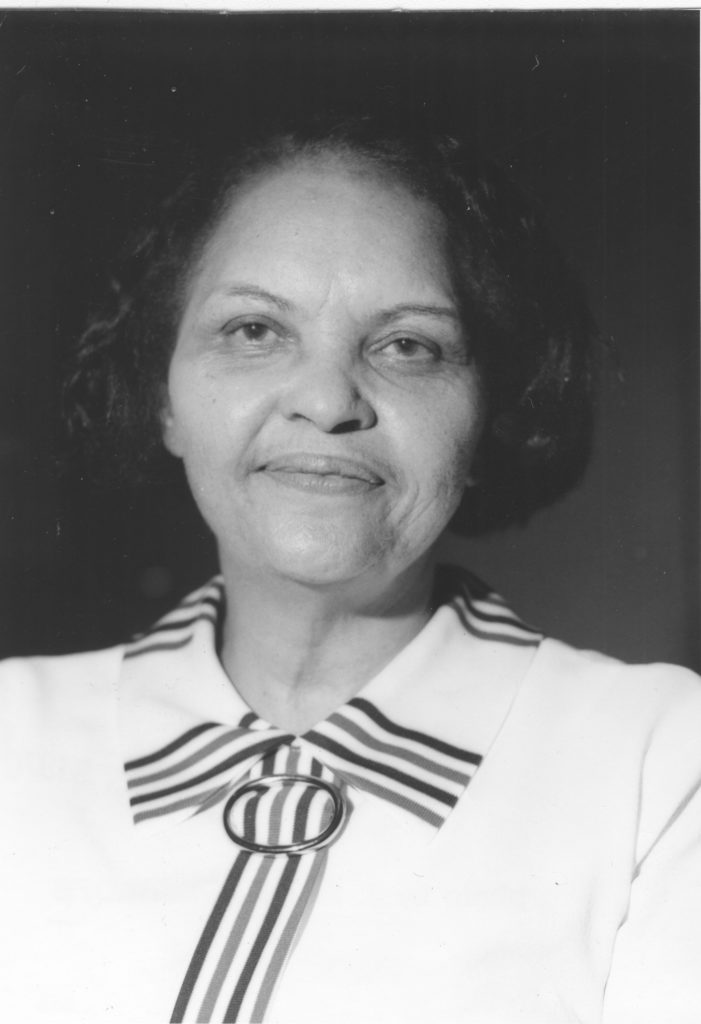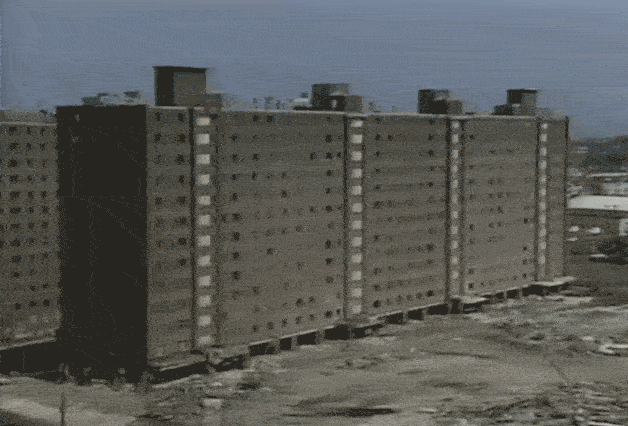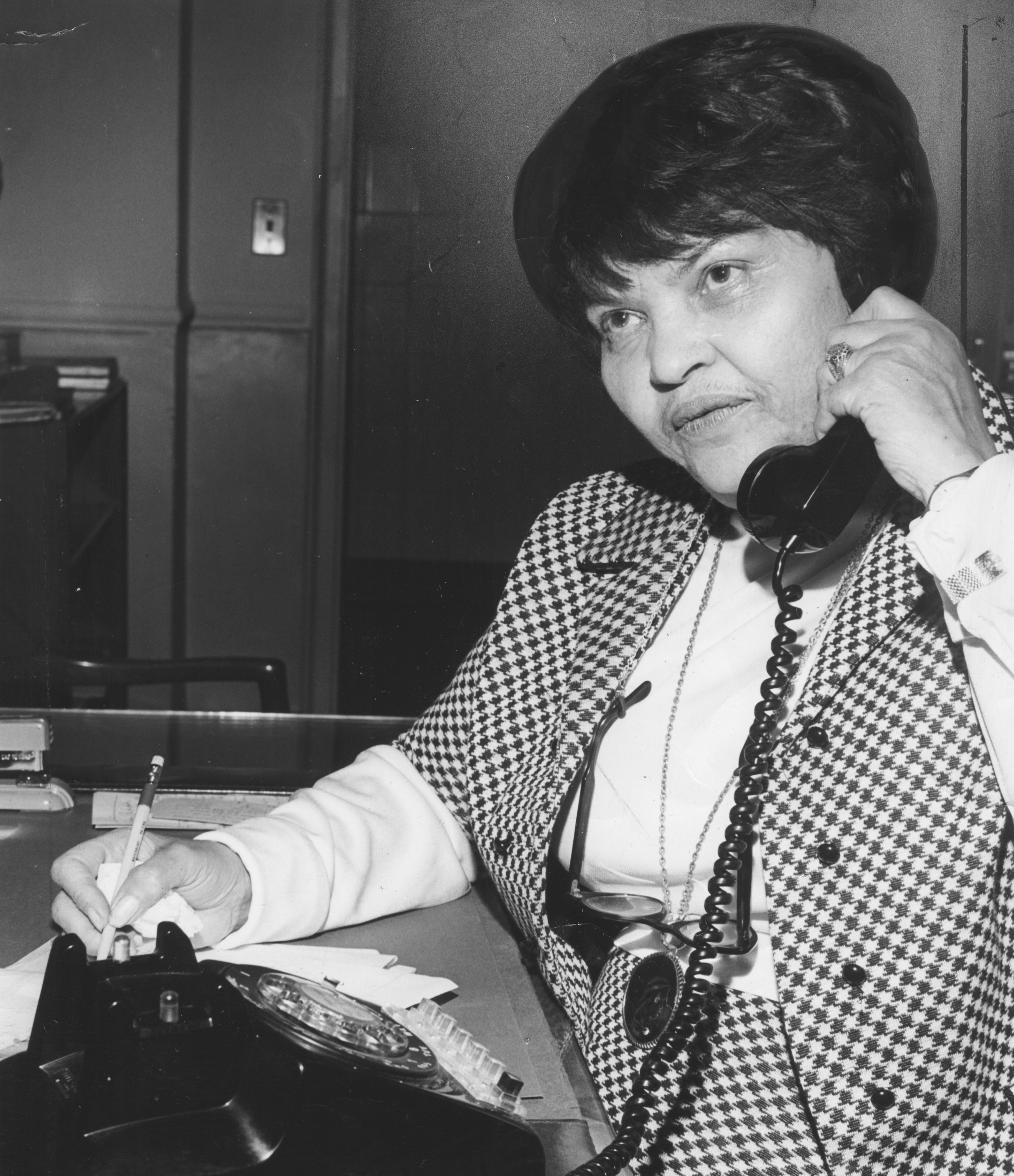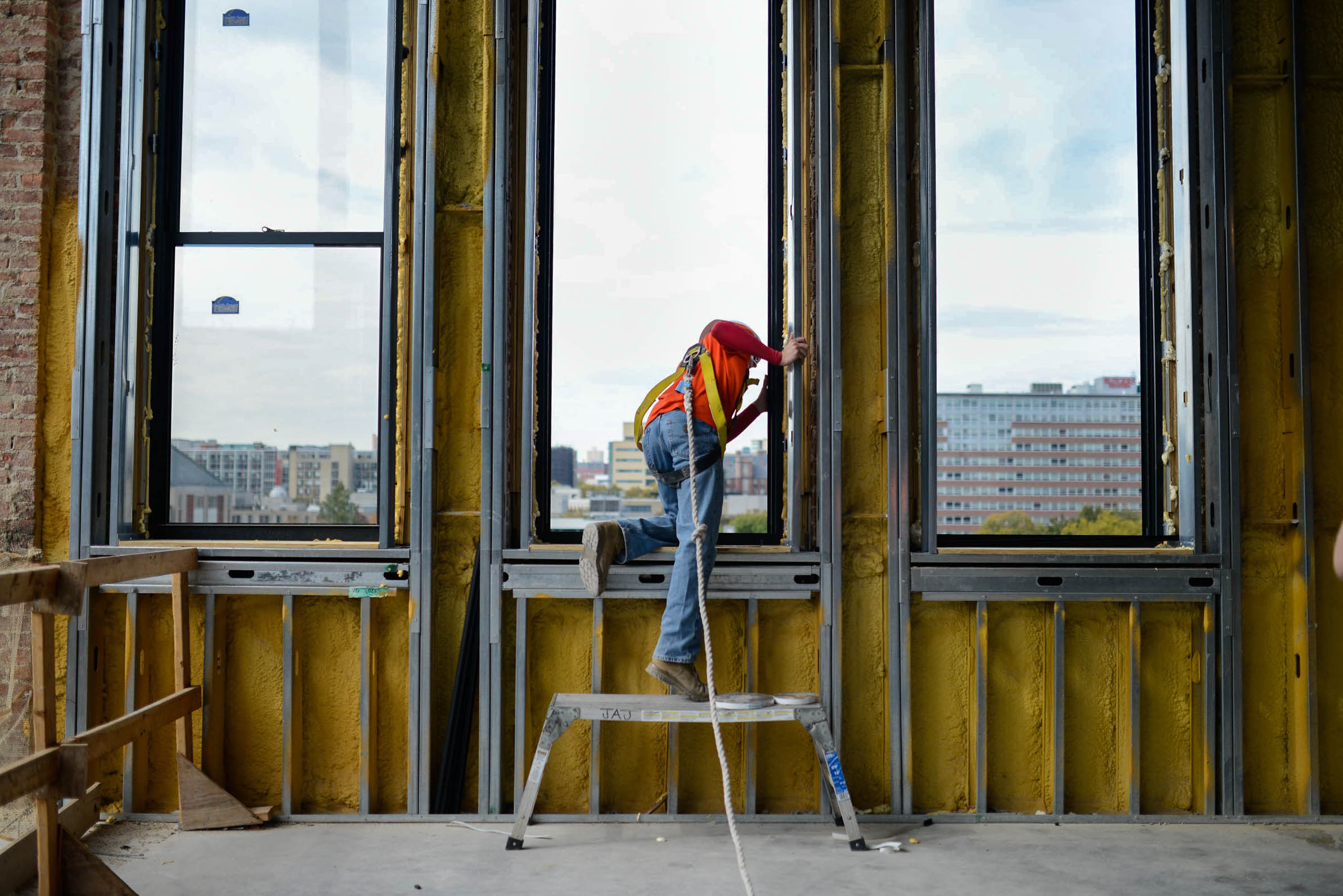Why did resistance to the plan to move a medical school to University Heights ultimately spark Newark’s long summer of discontent? This article is adapted by Rutgers University-Newark historian Mark Krasovic from his book, The Newark Frontier: Community Action in the Great Society, which was published by the University of Chicago Press in 2016.

A little south of City Hall, at the corner of Court and Broad Streets, sits the Court Towers apartment building, an affordable senior community. Built in the early 1970s, decades after Newark’s better-known public high-rise housing, it nonetheless shares some of its predecessors’ midcentury institutional character, though in concrete and glass rather than brick, and in federal subsidies rather than outright public ownership. My memories of visiting the building in spring 2001 include the security guard who assumed I was a healthcare worker, the rickety elevator, and the dim hallways, perhaps of painted cinderblock.
But I was there to speak with Mrs. Louise Epperson, and the brightness and cheer of her apartment cast a different light on what otherwise seemed so grimly institutional, just as the colorful plaques and awards and photos of all shapes and sizes that adorned her walls, the fruits of a life spent in activism and public service, illuminated and complicated grim stories of structural inequality, disinvestment, and top-down or outside-in approaches to urban development. A colorful mumu offset Mrs. Epperson’s shock of white hair, and she carried a swatter with which she continuously battled a housefly determined to make her home his. And she declared Newark the greatest city in the world.
The stories Louise Epperson told that day opened a view onto the efforts of Newark residents to inject their own needs and desires into historical developments that often seemed determined to shove them aside. Their victories were often imperfect and incomplete, for sure. But given the various juggernauts they faced over the course of the twentieth century – progressive reform, postwar urban renewal, neoliberal development strategies – that they waged a struggle at all is worth noting for the alternative visions they offered and the current shape of the city that bears their imprint.
This is a short history of such a struggle, the one that brought Mrs. Epperson into the local papers, then into the archives, and then to my attention.
The fight she and many others waged against the city and state’s plan to bring New Jersey’s public medical college to Newark is often referenced as one of the precipitating events for the 1967 “riots.” And I think that’s fair enough, to the extent that any such cataclysm requires an explanation and the medical school crisis, as it is commonly called, was so ready at hand. The broader dynamic, though – one shared by the medical school crisis, police-community relations, the development of the War on Poverty, and many other instances – was a struggle between those who believed the city’s new or imminent black majority must translate into black political power and those waging a rearguard action against that prospect, sometimes in the apparently beneficent form of social service and economic opportunity. Under postwar liberalism, those services and opportunities often took the form of an administrative juggernaut that was a complicated mix of legislative mandate, machine politics, federal funding, genuine feelings of beneficence, and self-interested politics. But there were also opportunities and resources for confronting that crushing force, for gumming up the wheels of history, and, if not turning it wholly toward justice, at least bending it in that direction.


